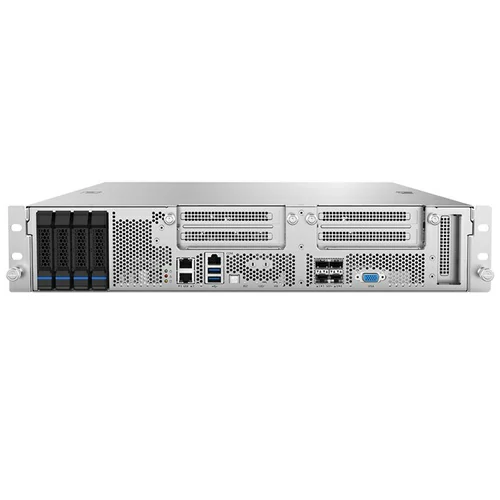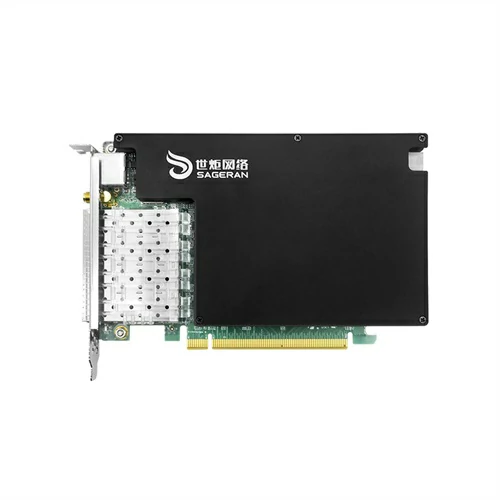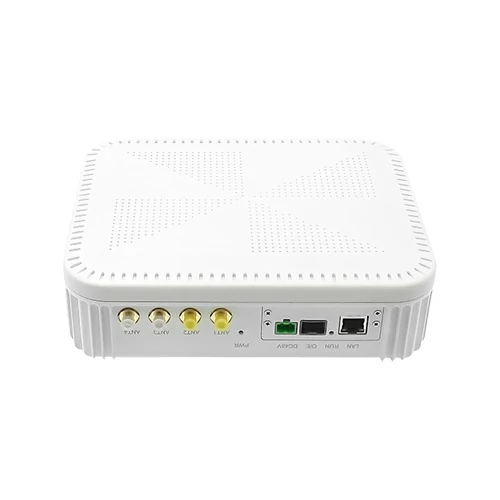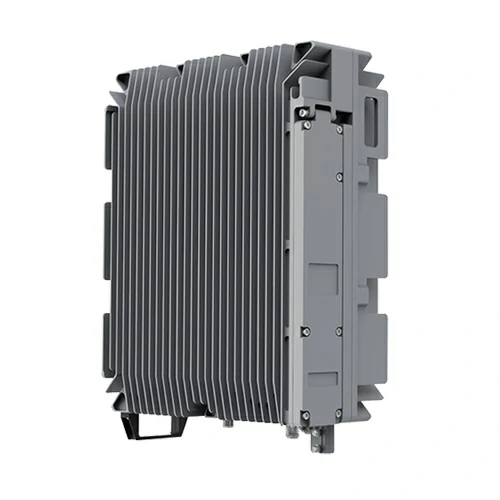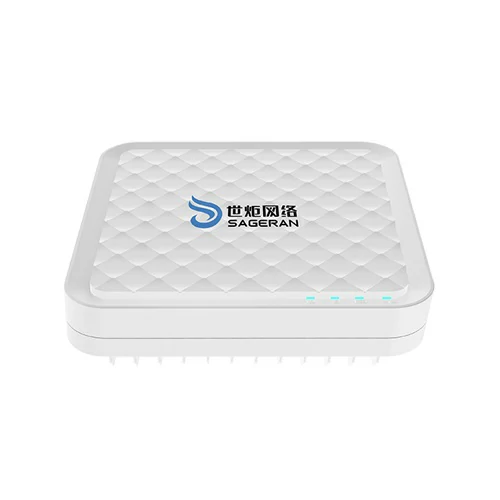Carrier Aggregation
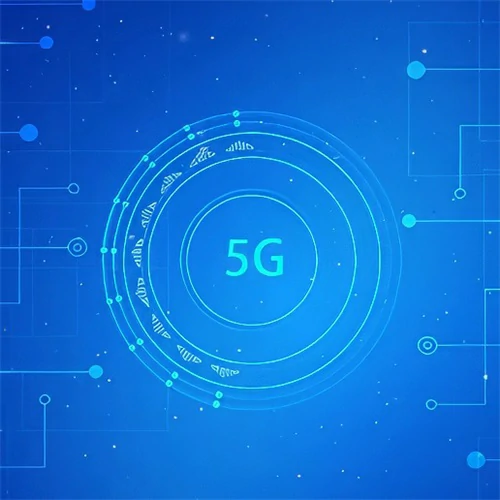
Carrier Aggregation (CA) refers to the combination of multiple independent carrier channels to increase bandwidth, thereby improving data rates and capacity while reducing transmission delays.
In the consumer industry, CA can improve the single-user experience, primarily by increasing uplink and downlink throughput. In the business industry, it can effectively meet the differentiated requirements of different industry networks.
CA technology can aggregate multiple 5G component carriers (CCs) to achieve a larger transmission bandwidth and effectively increase uplink and downlink transmission rates. The terminal determines the maximum number of carriers that can be simultaneously used for uplink and downlink transmission based on its own capability. In the FR1 frequency band, each independent carrier can use a maximum of 100MHz bandwidth, while in the FR2 frequency band, each independent carrier can use a maximum of 400MHz.
CA technology can support continuous or non-continuous carrier aggregation. For continuous carrier aggregation, simple RF reception and FFT processing can be used for base stations and terminals with the same subcarrier spacing. Non-continuous carrier aggregation requires multiple RF receptions and FFT processing.
CA distinguishes between the primary cell (PCell) and the secondary cell (SCell). The PCell mainly carries the signaling between the base station and the mobile phone and manages the connection of other carriers, while the SCell mainly carries user data between the base station and the mobile phone and does not carry cell signaling.
Key enabling functions of CA technology include SCell management, SCell activation, TAG function, multi-cell load balancing, cross-carrier scheduling, HARQ codebook enhancement, and more.
The advantages of CA technology include supporting larger uplink and downlink bandwidths, improving peak data rates, utilizing fragmented spectrum resources, and improving cell coverage using low-frequency bands.
Application Scenarios: VR panoramic live streaming, 4K/8K ultra-high-definition video live streaming, V2X, 5G+Industrial IoT.
Application Scenarios: VR panoramic live streaming, 4K/8K ultra-high-definition video live streaming, V2X, 5G+Industrial IoT.

